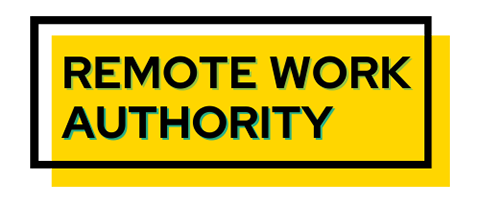Remote employees require a specific skill set that in-office employees may not have perfected yet. To ensure you continue building a cohesive and capable team, look out for these eight remote resume red flags.
The world has gotten a taste of remote work and the freedom that comes along with it, and people are hungry for more. While the number of remote job listings is decreasing, the number of applications remote jobs receive is increasing. According to Insight Global, fully remote job listings receive up to ten times more applications than hybrid and in-office listings.
As you know, not everyone is suited for remote work. Reliability, self-awareness, and communication are essential traits of any employee, but a remote employee must also be independent, resourceful, and self-motivated. These soft skills can be learned over time, but hiring an employee who is well-versed in asynchronous communication and problem-solving will make the onboarding process smoother.
By recognizing remote resume red flags, you can seed out unfit applicants quickly.
1. Minimal Computer Skills
Remote workers need to know how to troubleshoot computer and internet issues quickly. Being proficient in productivity software, such as Microsoft Office and Google Suite, as well as email and other business communication tools, is crucial.
On top of that, depending on the position, the applicant may also need to understand computer privacy and security.

2. Little-to-no Independent Work Experience
Remote employees need to be able to get their work done without a boss breathing down their neck. Tasks are often completed independently, although collaboration is possible. Hiring a motivated person who can make [good] decisions on their own will save you and your company lots of time and headaches.
3. Grammatical Errors
A resume is your first impression of an applicant–before you see their demeanor and facial expressions. If the applicant hasn’t put in enough effort to properly edit, format, and perfect their resume, that’s a red flag.
Look out for spacing, spelling, and punctuation errors. A resume with these mistakes shows the applicant’s lack of attention to detail, which is very important in a remote setting, as most communication is written.
4. Lack of Customization
Is the resume summary or objective tailored to your company? If not, is it at least tailored to the job position? A lack of specificity shows that the applicant may not be particularly interested in your job listing. They are likely mass-sending their resume without taking the time to research the position or company thoroughly.
5. Little-to-no Relevant Job Experience
Remote or in-office, having relevant job experience is favorable. However, keep in mind that everyone has to start somewhere. If the applicant shows promise in other ways, you may be able to overlook this one, especially considering you probably have an amazing onboarding strategy already in place.
If the resume shows a wide array of careers, it could mean one of two things: the applicant is a jack of all trades, or they are still determining where their true skill set lies.
6. Missing Pieces
Does your job posting request a cover letter, work style/personality test, or list of references? If the applicant fails to turn in the documents you requested, they are not likely to complete tasks correctly once hired.
7. Job Hopping
A person who doesn’t seem able to stay at one job for an extended time raises many questions. Are they quitting or being let go, and why?
Most companies are looking to hire long-term employees. If you interview a job hopper, prepare a few questions to determine why they haven’t stayed with one company.
8. No Progression
Most resumes show progression throughout a person’s professional career. From the first job listed to the most recent, there should be some form of promotion.

Additionally, If an applicant has been at the same company for many years but has not progressed, what’s the issue? Are they unmotivated or burnt out? Don’t make assumptions, as they may have taken on more duties without changing their job title. Ask for their side of the story if their application piques your interest enough for an interview.
Bonus: Google Your Applicant’s Name
Searching the applicant’s name will likely bring up their LinkedIn and social media accounts (unless they use a variation of their name for those accounts). If you can find them, your clients likely will too. If you come across them and they are public, ensure they’re not inappropriate.


